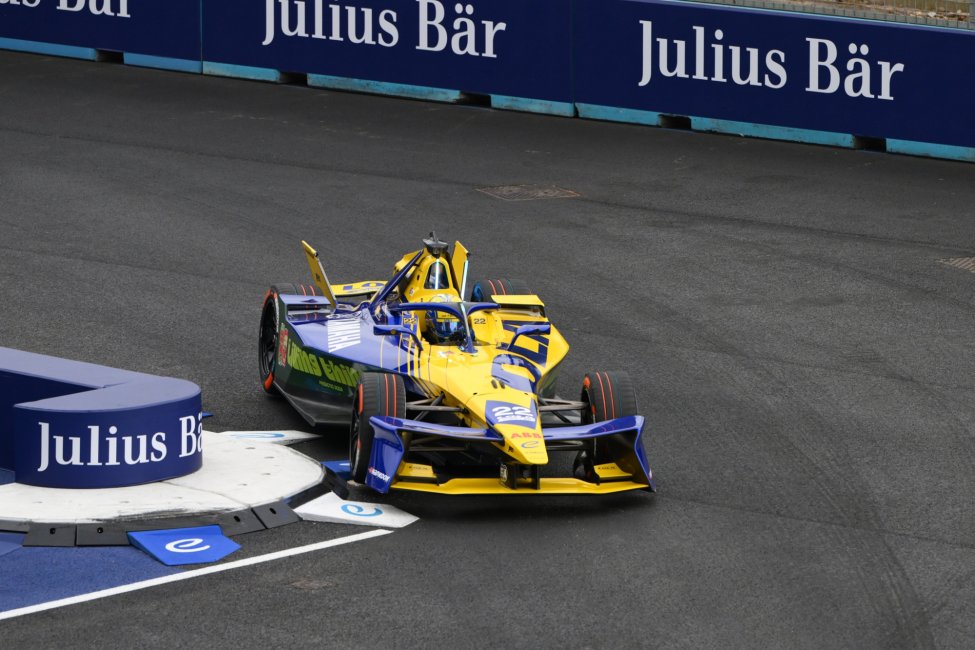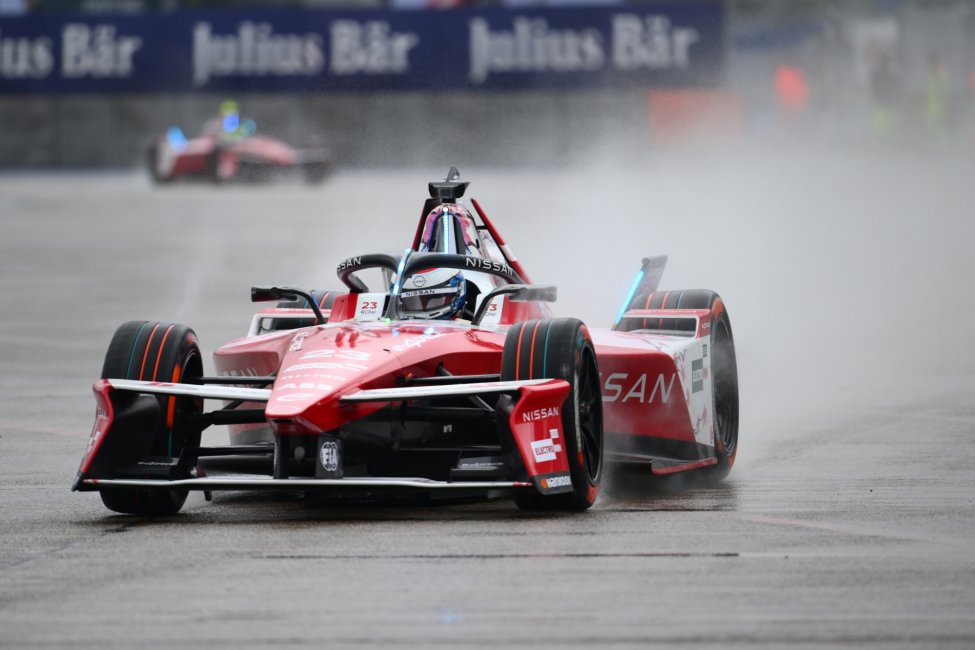Formula E Rules
Formula E can sometimes feel like a bewildering world to the new or the uninitiated. With futuristic powertrains and a unconventional format, it's no wonder that some motorsport fans take a while to warm to it. But those who do persist are rewarded with a fantastic, high-octane championship filled with action. Below is a guide to the rules of Formula E, to help you enjoy one of motorsports' most entertaining new series.
What follows is a look at the basic and most important rules of Formula E. Understanding these will make the experience of watching an E-Prix much more enjoyable and easier to follow. Don't worry though, we won't go into the technical regulations too heavily - we'll leave that for the teams and drivers to digest.
Championship and standings
The ABB FIA Formula E World Championship consists of three separate titles - one dedicated to the drivers, one dedicated to the teams and another dedicated to the powertrain manufacturers. Simply put, the driver who has accumulated the most points over the course of a season is crowned champion - while the teams' championship factors in the scores of both drivers. The manufacturers' factors the two drivers who achieve the best result in each race from each powertrain supplier.
Points system
Formula E follows the FIA's standardised points system - one that will look very familiar to F1 fans.
- 1st - 25 pts
- 2nd -18 pts
- 3rd - 15 pts
- 4th -12 pts
- 5th - 10 pts
- 6th - 8 pts
- 7th - 6 pts
- 8th - 4 pts
- 9th - 2 pts
- 10th - 1 pt
Points are awarded to the top 10 drivers from the race, the driver who secures the Julius Baer Pole Position, and whomever gets the faster lap of the race (though they must finish within the top 10)
Julius Baer pole position - 3 points
Fastest lap in race - 1 point
Race day format
The day before the main event, a shakedown will often take place, although this can depend upon the circuit's availability. Drivers can use this session to check their electronic systems as well as the reliability of the car. Simultaneously, the FIA will use this time to check the track layout, taking into account any feedback from the drivers briefing.
Practice
Each event has two practice sessions, both of which being 40 minutes in length. However, this is reduced to one 40-minute session on the second day of a double-header. Practice is the first chance drivers get to test themselves under timed conditions, getting a general feel for the track.
It also presents them with a great opportunity to adapt the car set up, and to get it exactly where they want it before the crucial qualifying sessions. As the name indicates, practice is mere practice, and the result doesn't contribute to the final result.
Qualifying and the Duels
Just as it does in Formula 1, qualifying determines the order that drivers will start the race in, with the fastest driver lining-up in first place and the slowest at the back. It's duration is one hour, and sees drivers divided into two groups of up to 10 cars, the allotment of which is determined by championship position.
Once it gets underway, each driver has 10 minutes to set their best time, with the top four drivers proceeding to the Duels. The duel stage is a knockout format, which sees two drivers go up against each other to proceed to the next duel, leading to the final duel to decide pole position.
E-Prix
Races begin with a standing start from assigned grid positions with drivers only allowed to start racing once the lights go green. The race typically lasts for 45 minutes, although safety cars and red flags can see races reach an hour.
One novelty feature of the race - introduced in 2018 - is ATTACK MODE, which lets every driver pick up an extra hit of power at their own risk. In order to activate the mode, drivers need to arm their car, veering off the racing line, through the activation zone. The reward for taking the slower line through the corner is an extra 50 kW of power. Drivers will then posses that added speed for a few extra laps.
Another unique feature of select E-Prixs is PIT BOOST. As its name describes, drivers pit to receive a boost of energy, through a fast-charger being plugged into the back of the car. PIT BOOST races take place only on double-header events and in one race of the event.
Tyres and allocation
Formula E cars use bespoke 18-inch treaded all-weather tyres - supplied by Hankook. Drivers can't use more than four new rear and four new front tyres for each event.
Charging times
Charging the car is strictly forbidden during both qualifying and the race, as well as throughout parc ferme and scrutineering. Teams can change the cars in-between sessions and during the practice.
e-Licence
Just as you or I need a license to legally drive on the road, so to do Formula E drivers if they wish to compete in this illustrious series. In order to enter the FIA Formula E Championship, drivers must firstly participate in an FIA run training session which focuses on:
- Electrical safety
- Features of the fully electric Formula E car
- Reviewing both technical and sporting aspects of the series
In addition, drivers must have accumulated at least 20 points in the past three years, in conjunction with the FIA points system - the metric used to determine who can receive a Super Licence. This rule does not apply to the champion from the previous season, however, as he automatically qualifies for a Super Licence the following year.













